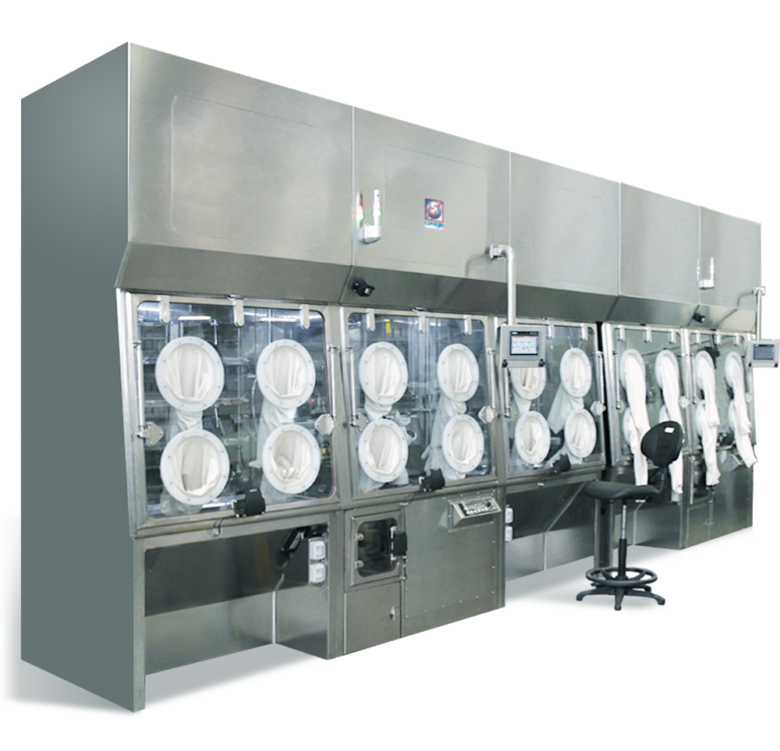- Solutions
- Video
- Events
- News
- Landing
- Pages
Isolation Technology in the pharmaceutical industry and in regenerative medicine provides a physical barrier between a process that may have requirements of asepsis and/or toxicity and the external environment. The physical barrier is usually a fully welded enclosure inside which a specific ventilation and filtration strategy allows a controlled atmosphere.

The adoption of our Modular Cell Culture Isolator within aseptic processing, compared to the same processes performed in standard clean room environments, has clearly demonstrated the advantages of isolation technology. This newly developed generation of Isolators designed for Regenerative Medicine application allows Biotech centers as well as Tissue Engineering laboratories to continue to make advancements while still operating within the ever restrictive confines of various regulatory bodies (FDA, EUP, USP) and industry guidelines (GMP, PDA).
The demands of the regulatory bodies have not changed, but the acceptable limits have been drastically raised. With the use of Isolators to integrate the various Regenerative Medicine processes, compliance with these demands is totally and easily attainable and the highest levels of aseptic conditions (Sterility Assurance Levels) and operator safety are guaranteed.
Simultaneously, the operational costs normally associated with traditional clea room use (HVAC, utilities, personnel gowning, etc.) and sterilization cycles of the entire clean room suite are substantially, if not completely, eliminated. This is mainly because Isolators with their own integrated decontamination system are designed for installation in class D environments. This specific product line dedicated to Regenerative Medicine includes a few pre-designed modules to be used for tissue regeneration as well as custom solutions to address the specific requirements in terms of process, layout and expected manufacturing capacity.
The primary goal of this product line is to integrate the entire cell manipulation process within a Class A environment. This requirement of Class A continuity throughout the process is crucial for the sterility of the final product.As far as the characteristics of the Isolator, the design is mainly driven by the GMP and PIC/S as design principle and also by the reference standard and guidelines in aseptic processing within isolation technology.
From this assessment and the large experience in traditional pharmaceutical industry, the following technical features are recommended:
Depending on the batch volume needs, a different arrangement of multi-stage modules can be evaluated or alternatively a more compact solution can be adopted where applicable.
If you are interested in this technology, you may wish to read:


